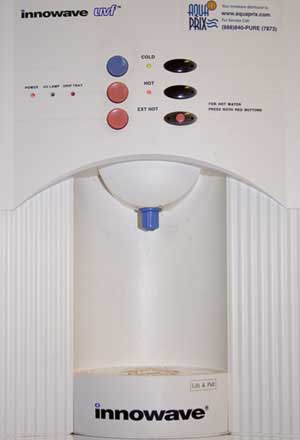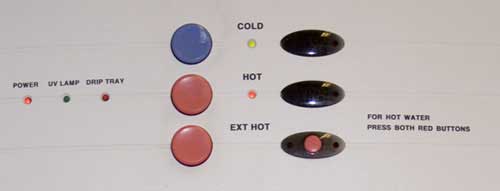I’m finally finished with my first indoor furniture project.
“But before I tell you that story, I have to tell you this one.” — Howard Waldrop
Some Things I Believe
The Dependency Tree of Great Works
- To create Great Works, you must think bigger than life.
- To think bigger than life, you must not just ignore, but actively refute the fundamental laws of time and space.
- To refute the laws of time and space, you must be aggressively ignorant, delusional on a grand scale, or dangerously schizophrenic. Pick the one that gets you laid.
- Stop screwing around getting laid and get back to work.
If you only try what you know can be done, you’ll never do anything new or different. Everything you do will just be a copy of someone else’s work, and who wants to be a copycat?
Time and cost estimates for first generation products are lies. “I’ve never done anything like that before, but I can do it in two weeks and for $10,000.” 6 weeks and $100,000 later you’re finished and it’s still not what they wanted
You won’t finish an original design in the amount of time you thought you would. Mentally prepare yourself now to cut something out or move the deadline. If it’s for Burning Man, you’ll cut the design by half and still be finishing it on the playa.
Now I can tell you this story.
I signed up for an introductory furniture making class at The Crucible and needed a project. I started out wanting to make a simple entertainment center. (Well, I actually started out wanting to make a throne, but it was suggested by someone who has a say in these sorts of things that perhaps I should make something a bit more practical that we actually need.) We looked around the house for something I could make and finally admitted that while it was functional, our Ikea Tubeholden entertainment center simply didn’t match our collection of Mission and Gothic furniture.
Make a simple entertainment center out of tube steel and wood that reflects our existing furniture? “No problem!”
Well, there were some problems. Rather than tell a long, drawn-out story, I’ll summarize a few of the screwups and setbacks.
What you draw isn’t what you build, the model is what you build
What you draw is an abstract representation of what you want to end up with. Somewhere between the drawing and the making reality throws a big wrench in the works. In my particular case, the two big wrenches were “too many small pieces that need to be welded together” and “where do you think the other side of a bolt goes, dumbass?” The lesson learned here is do multiple refinements of drawings, then make a model. I didn’t make a model because “it’s so simple I don’t need a model.” It doesn’t matter if it’s two popsicle sticks glued to a coathanger, make the damn model.
Don’t try to learn a new tool and do a new thing with the tool at the same time
I started laying out the strap hinges in Illustrator even though I’d never used it before because “I need to learn Illustrator”. Two hours later I went to find my french curves and a pad of drawing paper. After drawing out something I liked, I scanned it and imported it into Illustrator to clean up, resize and print out as a template. (This would probably have been a good project for Vectorworks, and I’m decent in Vectorworks, but I was frustrated with computers in general and knew I could do it right on paper.) Lesson learned: don’t learn new tools if you’re doing something you’ve never done before. Learn new tools doing something you’ve already done. (I know this from metalworking, why I don’t apply it to computers is beyond me.)
Don’t believe the hype (or the label, or anything else you didn’t confirm yourself)
A 1×4 is not 1″ x 4″. The paint will not cure as quickly as the label said it would. The depth gauge on the drill is probably busted. It will require more than two coats of stain. Your garage is not a “dust-free environment”.
Ok, so enough of that
Here’s what a class at The Crucible, $500 in raw materials, and an additional few weekends in the garage led to:

Technorati Tags: industrial design, furniture, design


